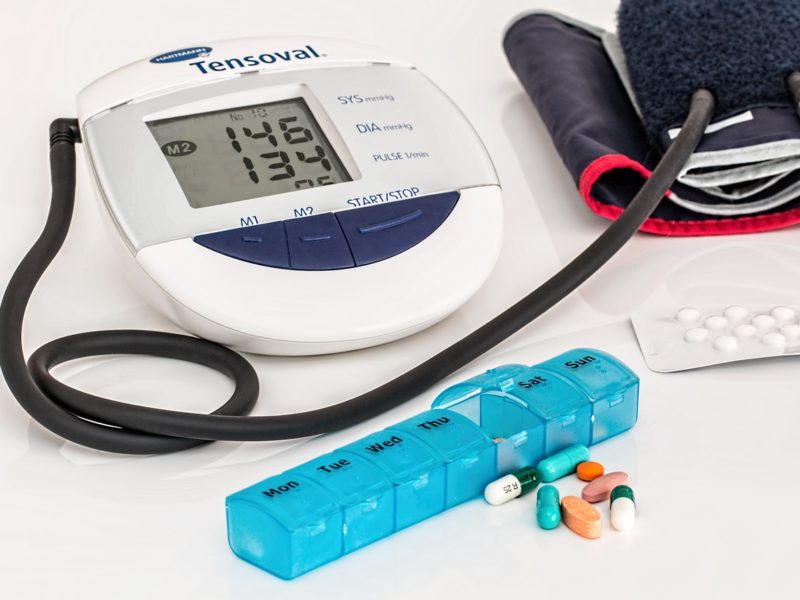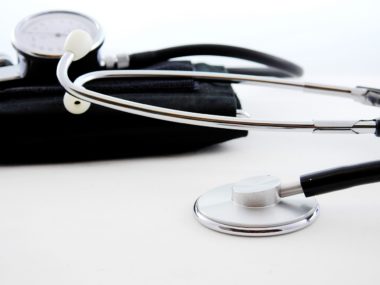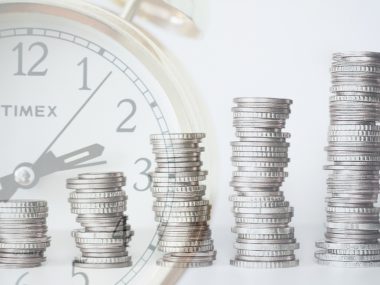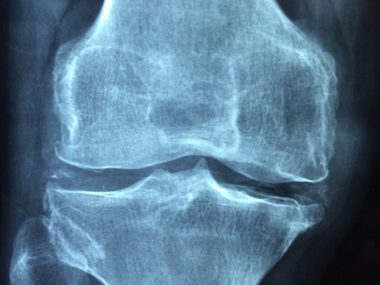High blood pressure, or hypertension, is a common and potentially serious health condition that affects millions of people worldwide. It can lead to severe complications such as heart disease, stroke, and kidney damage if left untreated.
High blood pressure occurs when the force of blood against the walls of the arteries is consistently too high, putting added strain on the heart and blood vessels. This force of blood is the blood pressure and it is measured in millimeters of mercury (mmHg) and is expressed as two numbers: systolic (the pressure when the heart beats) over diastolic (the pressure when the heart is at rest). Normal blood pressure is typically around 120/80 mmHg.
Proper Diagnosis and Monitoring of High Blood Pressure
Blood pressure is routinely measured during healthcare visits, and a diagnosis of hypertension is made based on multiple readings over time. Ambulatory blood pressure monitoring and home blood pressure monitoring may also be recommended for a more comprehensive assessment.
Causes and Risk factors associated with High Blood Pressure
Various factors can contribute to the development of high blood pressure, including:
- Lifestyle Factors: this may include poor diet high in sodium, saturated fats, and low in potassium. Lack of physical activity, excessive alcohol consumption, smoking and tobacco use can also contribute.
- Genetics and Family History: Individuals with a family history of hypertension may be more predisposed to develop high blood pressure.
- Age and Gender: Blood pressure tends to increase with age, and men are generally more prone to hypertension than premenopausal women.
- Chronic Conditions: Diseases such as diabetes, kidney disease, and sleep apnea can contribute to high blood pressure.
Symptoms of High Blood Pressure
Hypertension is often asymptomatic, meaning individuals may not experience noticeable symptoms until complications arise. It is encouraged for susceptible individuals to undergo regular blood pressure monitoring to be able to detect the presence of the condition early.
Some potential symptoms include Headaches, shortness of breath, dizziness and chest pain.
Complications Associated with High Blood Pressure
As is expected, late detection of the condition or uncontrolled hypertension can lead to severe health complications, such as the following:
- Cardiovascular Disease: Hypertension is a major risk factor for heart disease, including coronary artery disease, heart attacks, and heart failure.
- Stroke: High blood pressure increases the risk of stroke by damaging the arteries in the brain or causing blood clots.
- Kidney Damage: The kidneys play a crucial role in regulating blood pressure. Hypertension can damage the kidneys over time, leading to kidney failure.
- Vision Impairment: Hypertension can damage the blood vessels in the eyes, leading to vision problems and even blindness.
Lifestyle Modifications: Lifestyle changes play a pivotal role in managing high blood pressure. Recommendations include maintaining a healthy weight, adopting a balanced diet rich in fruits, vegetables, and whole grains, reducing sodium intake, engaging in regular physical activity, moderating alcohol consumption, and quitting smoking.
Treatment/Medication Management
- For individuals with persistent high blood pressure, medications may be prescribed. Various classes of medications, such as diuretics, beta-blockers, ACE inhibitors, and calcium channel blockers, aim to lower blood pressure and reduce the risk of complications.
- Complementary Approaches: Complementary therapies, including stress management techniques, relaxation exercises, and mindfulness practices, can complement traditional treatments and contribute to overall blood pressure control.
- Regular Monitoring and Follow-Up: Managing high blood pressure is a lifelong commitment. Regular monitoring, follow-up appointments with healthcare providers, and adjustments to the treatment plan as needed are crucial for maintaining optimal blood pressure levels.
Ocular Hypertension
Ocular hypertension refers to the condition where the intraocular pressure (IOP) within the eyes is higher than the normal range without any signs of glaucoma. Intraocular pressure is the pressure exerted by the fluid inside the eyes, known as the aqueous humor, against the walls of the eye. ocular hypertension is closely related to the development of glaucoma, a group of eye disorders that can result in optic nerve damage and vision loss if not properly managed.
Causes of Ocular Hypertension
- The primary cause of ocular hypertension is often impairment in the drainage of the aqueous humor.
- The older you get, the higher the risk of ocular hypertension occurring.
- A family history of ocular hypertension or glaucoma may predispose individuals to higher intraocular pressure.
- Certain medical conditions, such as diabetes and hypertension, can contribute to elevated intraocular pressure.
- Long-term use of corticosteroids, whether in the form of eye drops, pills, or other forms, can increase the risk of ocular hypertension.
Diagnosis and Monitoring:
For early diagnosis, individuals are encouraged to go for regular eye checkups. The Intraocular pressure is measured using a tonometer. Gonioscopy is performed to examine the drainage angle of the eye to determine if there are any blockages or abnormalities in the drainage system and optic nerve assessment is also carried out to assess the health of the optic nerve through various imaging techniques, such as optical coherence tomography (OCT).
Management of ocular hypertension: In many cases, if ocular hypertension is detected, the eye doctor may choose to monitor the condition regularly without immediate intervention, especially if there are no signs of optic nerve damage. Adopting a healthy lifestyle, including regular exercise, a balanced diet, and avoiding excessive caffeine, may contribute to the overall well-being of the eyes. Individuals diagnosed with ocular hypertension should be educated about the condition, its potential risks, and the importance of compliance with any prescribed treatments or monitoring plans.
Treatment of ocular hypertension
- Topical Medications: In some cases, eye drops may be prescribed to lower intraocular pressure by either reducing fluid production or improving drainage.
- Surgery: Surgical interventions, such as laser trabeculoplasty or conventional surgery, may be recommended in certain cases to enhance drainage and reduce intraocular pressure.






